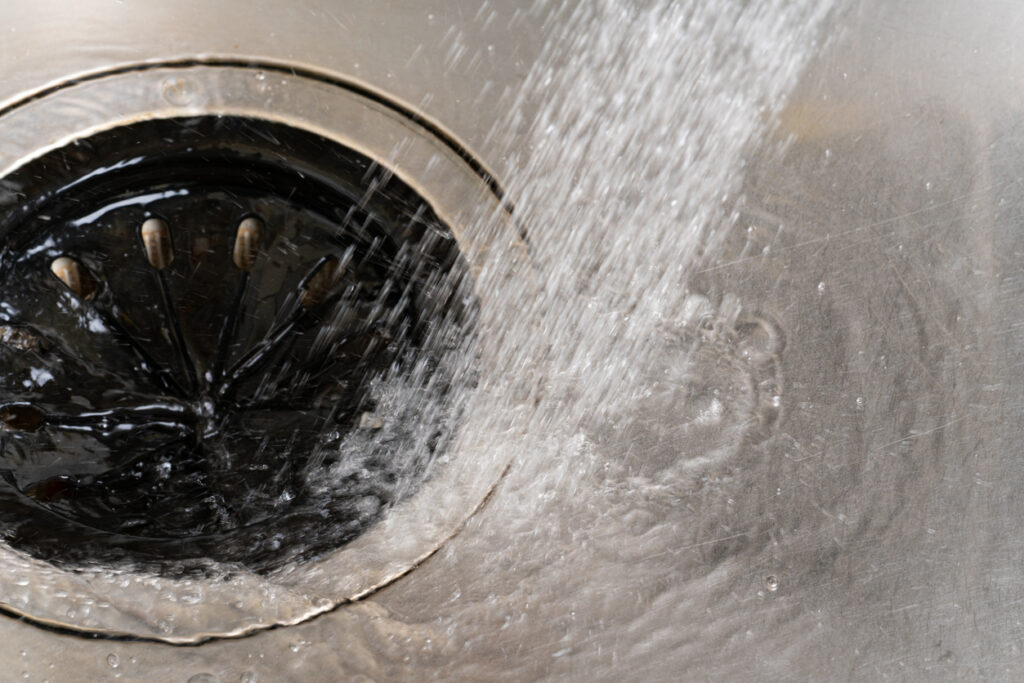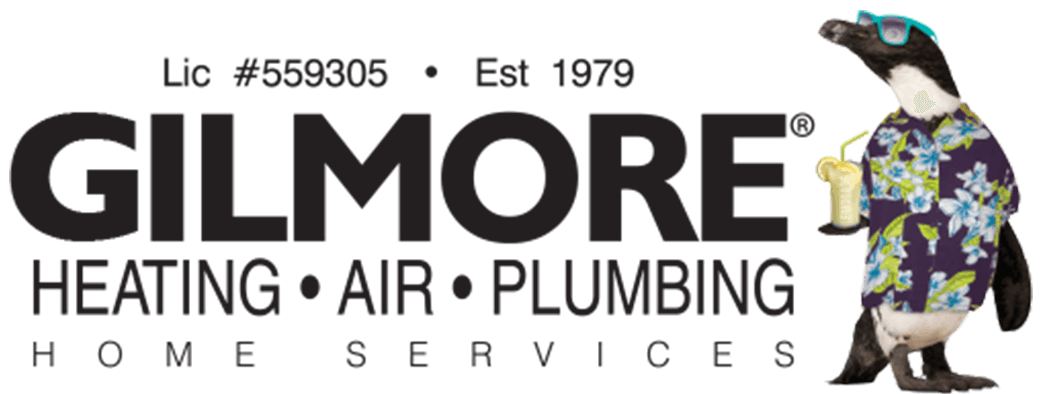
When your sink starts draining slowly, it’s tempting to turn to DIY drain cleaning methods. But pouring things like Liquid-Plumr, Drano, or even boiling water down your drain might do more harm than good. This is especially true if your home has cast iron pipes, which are still common in many houses. Chemical cleaners can eat away at your pipes, and boiling water can melt important components. Over time, this damage can lead to leaks and expensive plumbing repairs.
Before you turn to DIY methods, let’s look at some safer ways to care for your home’s plumbing system. These tips will help protect your pipes and might save you from calling an emergency plumber.
Can Boiling Water Unclog a Drain?
It is okay to pour boiling water down the sink if your plumbing is clear. However, a blockage can trap the water in the pipe. This can melt PVC pipes and seals, causing serious damage. Additionally, using boiling water to unclog a toilet can melt the wax seal around the toilet. It might even crack the porcelain bowl, leading to expensive repairs.
Can Baking Soda Unclog a Drain?
Using baking soda and vinegar to unclog a drain might seem like a smart solution. While it’s safer than chemical cleaners since vinegar is only mildly acidic, it’s not as effective as you might think. Sure, it might help with small clogs, and that fizzing reaction looks like it’s doing something impressive. But for bigger clogs, all that bubbling really does is move the clog around in your pipe without actually clearing it.
What Actually Unclogs a Drain?
To clear a stubborn clog effectively, you’ll need the right tools for the job. While chemical cleaners like Drano, bleach, or boiling water might be tempting, professional plumbing tools are your best bet. Let’s look at three reliable options:
1. Plunger
A plunger is often your first line of defense against clogs. While most people only think of toilet plungers, there are special sink plungers too. These affordable tools come in two styles: a smaller version of a toilet plunger or an accordion design that’s especially effective for sinks.
2. Drain Snake
For those pesky clogs near the surface, a plastic-toothed drain snake can work wonders. You might see these sold under different names – clog remover, drain opener, or auger wand. While they’re not suitable for kitchen sinks or toilets, these tools excel at pulling out hair clogs from shower drains and bathroom sinks. Just remember, they’re designed for shallow clogs only.
3. Auger
When you’re dealing with deeper, more stubborn clogs, a drain auger (also called a drain rooter) is your best choice. These come in several varieties – from hand-cranked models common in home garages to powered versions with electric or gas motors. While augers are great for tackling medium-sized clogs, be careful not to force them. The last thing you want is to explain to a plumber why they need to remove both a clog and a stuck auger from your pipes.
If these tools don’t solve your drainage problem, it’s time to call in the professionals. Contact Gilmore for expert clog removal service.
Plumbing Tips to Keep Your Drains Clear
Your home’s plumbing system will last longer and work better with proper care. Here are some essential tips to prevent common problems:
1. Protect your kitchen sink
Even the best garbage disposal can’t handle everything. Avoid pouring grease down your drain – it hardens in your pipes and traps other debris. Keep chicken scraps and tough fruit peels out of your disposal too. These items can tangle or jam the mechanism and lead to clogs.
2. Use a hair trap
A simple metal or plastic hair trap is an inexpensive way to prevent one of the most common plumbing headaches. By catching hair before it enters your shower or sink drain, you’ll avoid having to deal with stubborn clogs or calling a plumber for drain cleaning.
3. Watch what you flush
Despite what packaging might claim, “flushable” wipes aren’t really flushable. The same goes for hygiene products. These items don’t break down like toilet paper and can cause serious blockages. Always dispose of these items in your trash can.
4. Watch out for leaks
A small leak can turn into a big problem if ignored. Beyond wasting water, leaks often lead to mold growth and structural damage from dry rot. Check your visible pipes regularly for signs of moisture or dripping. If you spot a leak, no matter how small, call a professional plumber right away.
5. Reduce your water pressure
High water pressure might feel nice in the shower, but it can strain your plumbing system. Pick up a water pressure test gauge from your hardware store – they’re inexpensive and attach to your garden hose. If your pressure reads above 80 PSI, you’re risking leaks and pipe damage. In this case, you’ll need a professional plumber to install a pressure reducer valve.
Speak to a Plumbing Expert
We understand – nobody wants to call a plumber. But sometimes, trying to fix plumbing issues yourself can lead to bigger problems down the line. When basic tools and proper maintenance aren’t enough, it’s time to bring in the professionals to protect your home’s plumbing system.
At Gilmore Heating, Air & Plumbing, our licensed plumbers handle everything from drain clogs to complex plumbing repairs. Don’t let that backed-up sink or clogged toilet stress you out any longer.
Call us at 833-344-4515 for fast, professional service.
